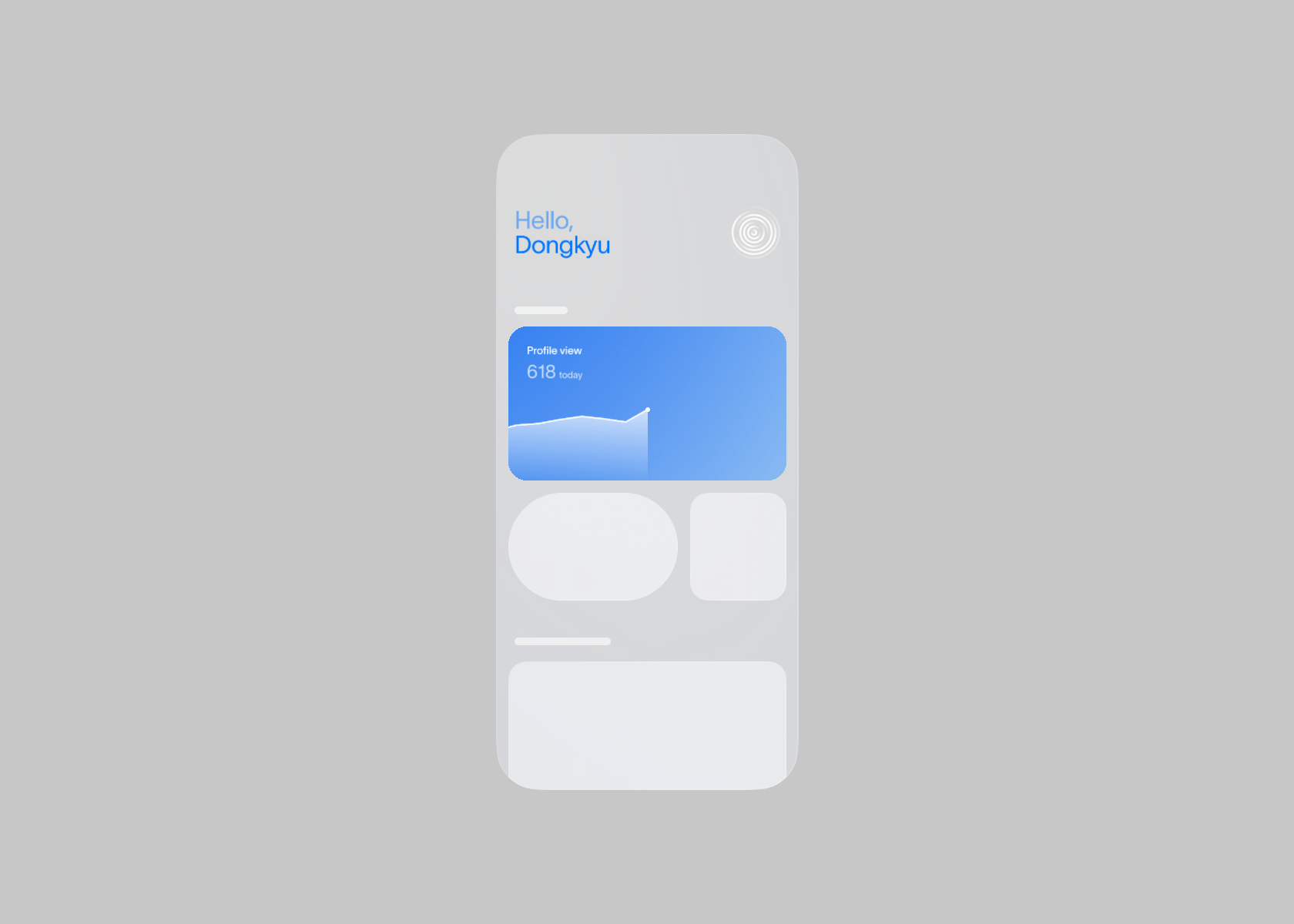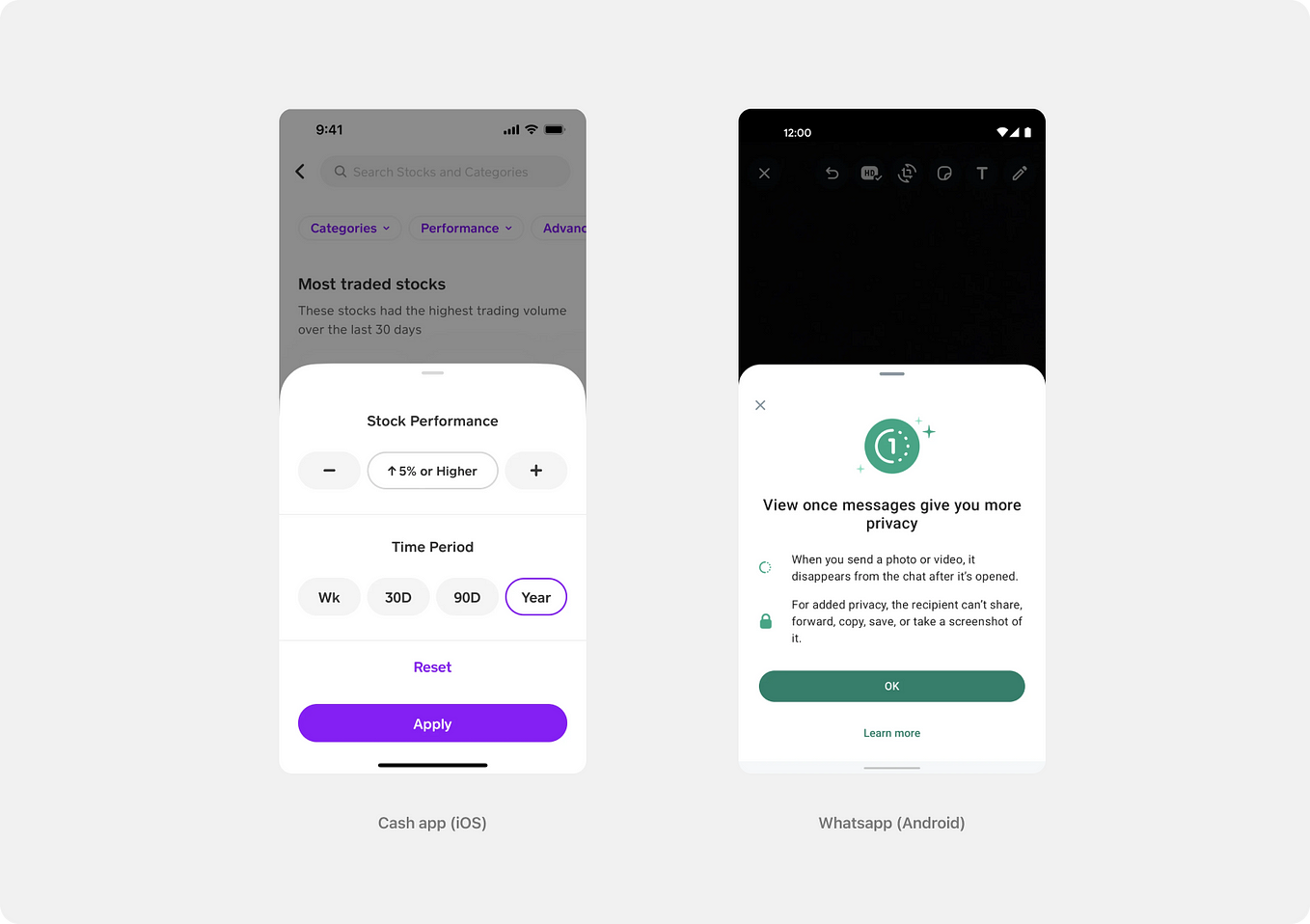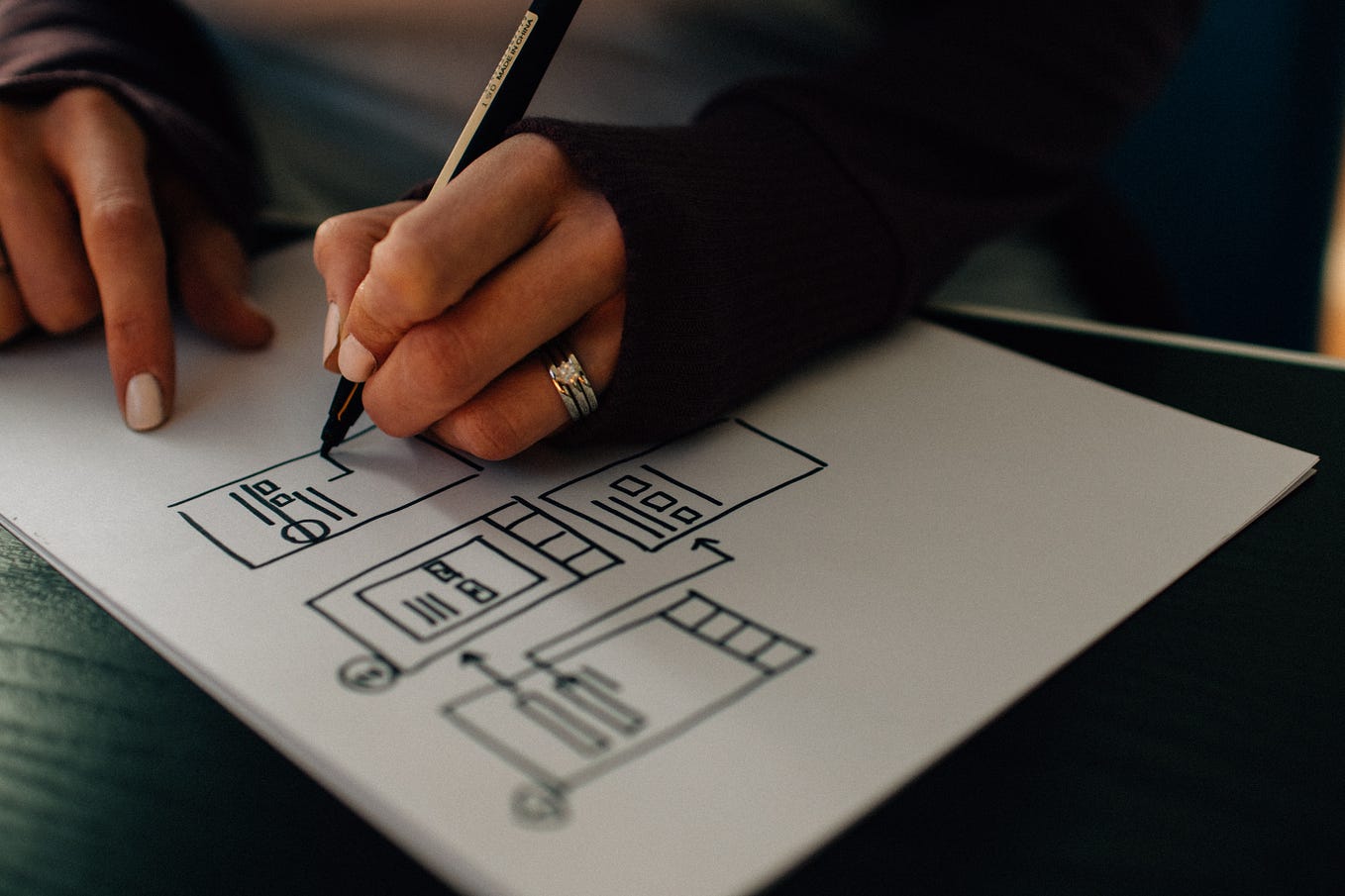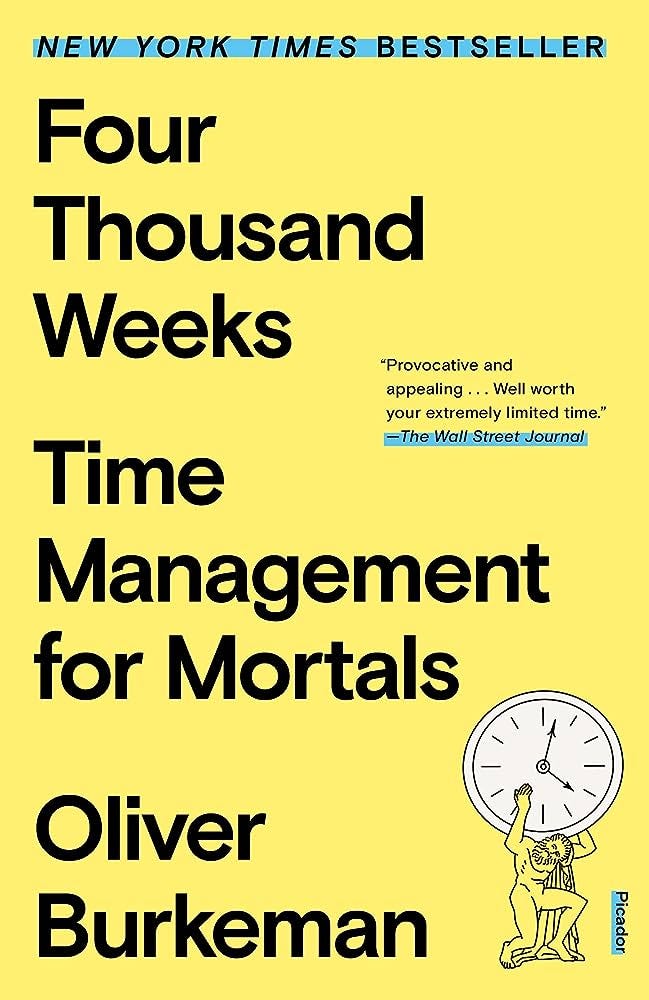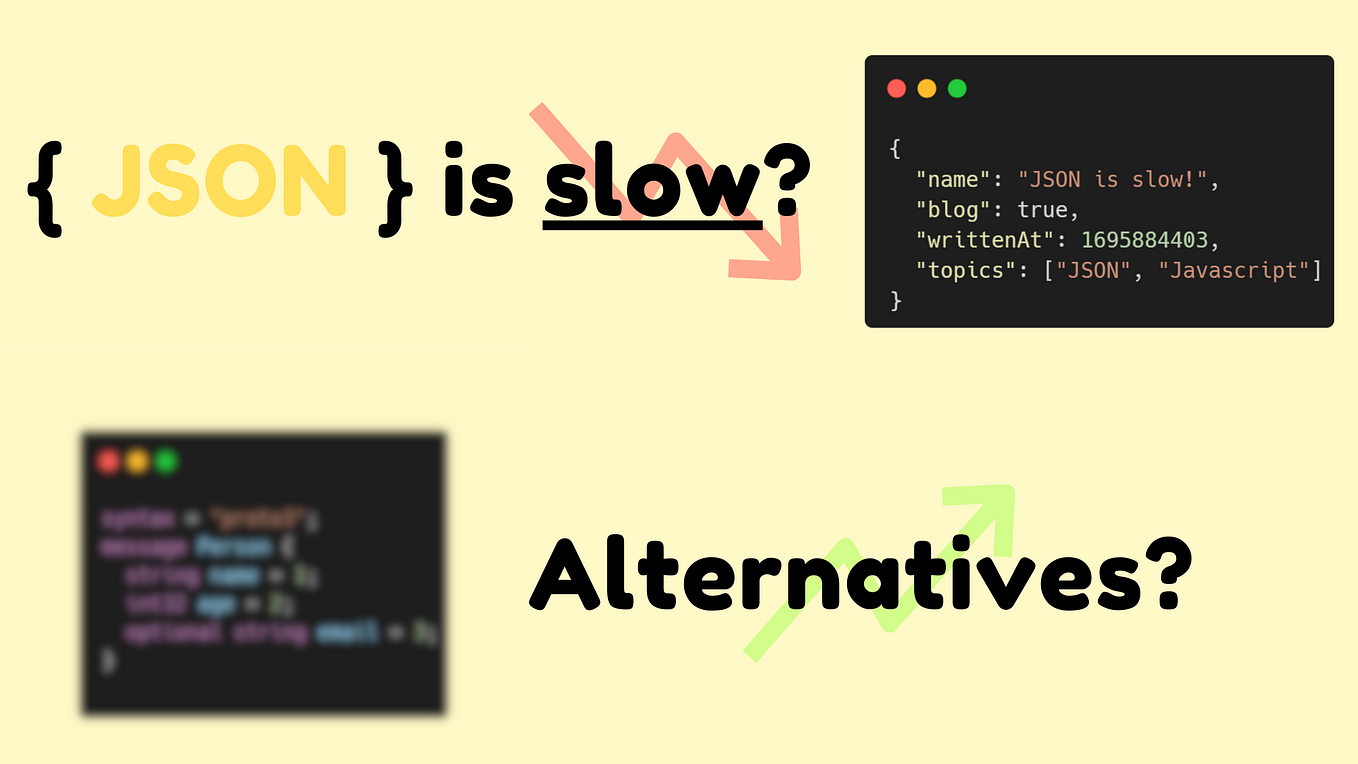The tyranny of consistency
Consistency is helpful as a tool for designing user-friendly experiences. Until it isn’t.
In a recent post on LinkedIn, design system consultant Brad Frost referenced Google’s notoriously baffling 2020changes to the icons for its popular apps, simply noting, “All this time later, I still consider this decision to be a big mistake.” Erica Hall, co-founder of Mule Design commented beneath: “Foolish consistency. I hate it.”
I agree. The problem is Google’s updated icons are more consistent to a fault: You can no longer distinguish between them quickly at a scan.
I often refer to “the tyranny of consistency” (with tongue somewhat in cheek) in my UX classes. My takeaway there is this:
Consistency is an important but sometimes over-rated tool. It’s key in maintaining a coherent experience. But develop an eye to know when to break from it.
To be sure then, in principle, consistency does help contribute to maintaining cohesive user experiences, but we also need to recognize that forcing things to fit sometimes actually undermines usability. Spotting those moments and determining how best to articulate why they are a problem is its own skill.
I had been grappling with this dynamic when occasionally encountering situations with clients, where they insisted that something be changed in our designs “to be consistent,” though I knew that “consistent” in these specific situations was not congruent with “usable.” Sometimes, consistency becomes a blunt tool: Like trying to sledgehammer a square peg into a round hole.
“Consistency is a tool, not a rule.” — John Musci, Senior Content Strategist, Microsoft
I had been joking about this “tyranny of consistency” for several years. I even presented on it within a larger talk entitled “Everything Is Not Important” at SXSW in 2013. So I was much relieved to eventually discover that voices in design much greater than mine agreed.



